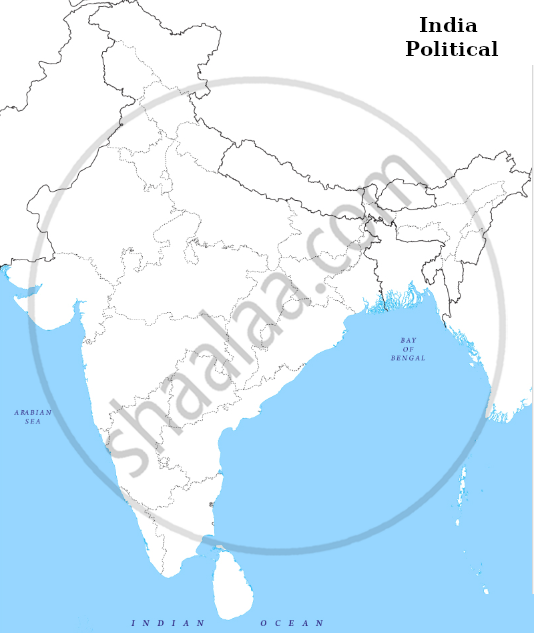Advertisements
Advertisements
प्रश्न
Answer in 100-150 Words
How Was Mahatma Gandhi Perceived by the Peasants?
उत्तर
India is a country of villagers and vast number of Indians are engaged in farming. Mahatma Gandhi knew that during freedom struggle his focus was to address the issues of farmers. He dressed like farmers. His involvement in Indian politics began in Champaran when he successfully resolved the issues of farmers. He stood for farmers against excesses of the British government like high taxes and oppressive tax collections.
Apart from all the above, mystery also surrounded the personality of Mahatma Gandhi. Many believed he was endowed with supernatural powers. Stories spread that those who spoke ill of Mahatma Gandhi suffered natural calamities.
Thus, farmers perceived Mahatma Gandhi as their saviour and still many believed he was bestowed with the power to perform miracles.
APPEARS IN
संबंधित प्रश्न
Answer in 100-150 Words
How Did Mahatma Gandhi Seek to Identify with the Common People?
Answer in 100-150 Words
Why Was the Charkha Chosen as a Symbol of Nationalism?
Write a short essay (250-300 words) on the following:
In what way did Mahatma Gandhi transform the
nature of the national movement?
Match the following.
| (i) | Jallianwala Massacre | (a) | 1918 |
| (ii) | Peasant movement in Kheda | (b) | April 1919 |
| (iii) | Second Round Table conference | (c) | 1939 |
| (iv) | Second World War started | (d) | 1931 |
Choose the correct option.
Gandhiji took back Non-Cooperation movement in ______.
On the given political outline map of India, locate and label the following with the appropriate symbol:
The place where Gandhiji withdrew Non-Cooperation Movement.

On the given political outline map of India, locate and label the following with the appropriate symbol:
The place where Gandhiji started satyagraha for the indigo planters.

Consider the following events:
- Jallianwala Bagh Massacre
- Khilaf at Movement
- Formation of Swaraj Party
- Arrival of Simon Commission
The correct chronological order of these events is:
Who drafted the resolution on fundamental rights for the Karachi Session of Congress in 1931?
In which Satyagraha, Gandhiji asked for the remission of taxes for peasants following the failure of their harvest?
In which year, Jallianwala Bagh Massacre took place?
What was the main demand of khilafat movement?
Consider the following statement regarding Rowlatt Satyagraha
- Rowlatt Act was passed in the year 1915.
- It was passed on the recommendation of a committee chaired by Justice CN Broomfield.
- This Act permitted detention without trial.
- Gandhiji called for a countrywide campaign against this Act.
Which of the above statements is/are not correct?
Match the following.
| List I | List II |
| A. Parallel government | 1. Dandi |
| B. Assassination of Mahatma Gandhi | 2. Amritsar |
| C. Salt Satyagraha | 3. Delhi |
| D. Jallianwala Bagh Massacre | 4. Satara |
Describe the circumstances that led to the initiation of Non-Cooperation Movement by Gandhiji. Explain the significance of this movement?
On the given political outline map of India mark and label of the follow with appropriate symbol:
The place where Jallianwala Bagh Massacre happened.

"Mahatma Gandhi's own role was vital in the growth of 'Gandhian Nationalism' but it also depended on his followers". Explain the statement with examples.
Describe the role of Gandhiji in the Indian freedom struggle from 1922 till 1931.
Describe the causes and events of the 'Non Co-operation Movement'.
